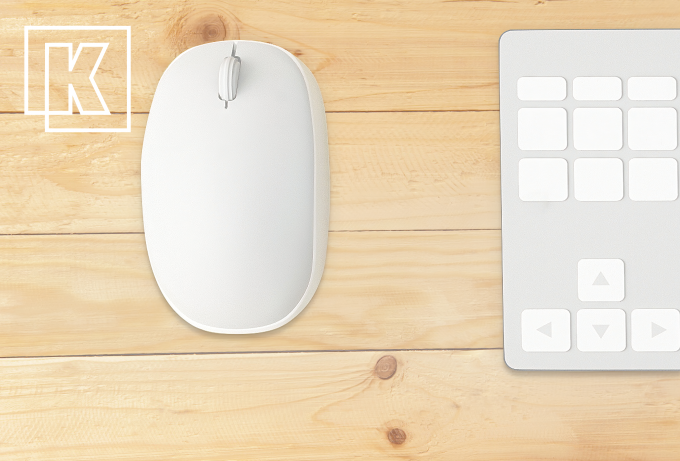memories2025What inspired me to become an inventor.
January 1, 2025

image | above
The photo above shows punch tape — made from a long roll of paper with circle punch perforations in specific patterns. Punch tape was used with vintage computers to store + input data into the computer. The punch holes represent the data being input or output.
— contents —
~ memories
~ webpages
memories |
Early inspirations.
Many people ask me what inspired me to become an inventor. When I was 5-years-old — in 1953 — my grandmother showed me her mechanical typewriter. I was fascinated with the device because I saw it as a magical machine. It could actually turn a blank piece of paper into something that looked like it came from a book. I studied every mechanism inside of it — each key connected through a sequence of levers to its corresponding letter key, the return carriage, the mechanical pieces that controlled spacing, and so on. This was a defining moment in my path to becoming an inventor.
When I was 7 years-old my parents gave me an erector set filled with mechanisms, much like the typewriter. I was drawn to the magic of machines once again, believing that if I could put the mechanical pieces together in just the right way, I could invent something new and solve any problem.
Soon after, I began searching for small mechanisms in my neighborhood. I’d go out on my own and bring back broken bicycles, radios, and other things. Then I’d take them apart and add the pieces to my collection. Eventually, I built a go cart to speed up my search.
I remember talking to some older girls — maybe 10 years old — telling them how I was going to build machines that could do anything — like fly anywhere, see through walls, and so on. They laughed and told me I had quite an imagination. But this idea was perfectly reasonable to me. It was exactly what I had learned at home.
The power of human ideas.
Around that time — in 1955 — I recall my grandfather describing his first return trip to Europe, 17 years after he had fled Adolf Hitler in 1938. He had been given the opportunity to handle, with his own hands, Leonardo da Vinci’s original notebooks containing descriptions and illustrations of his inventions. He described this experience in reverential terms.
Yet these were not documents written by God, but by a human. This was the religion I grew up with: the power of human ideas to change the world. My grandfather’s philosophy was that any problem can be solved with the right ideas. And it was personalized: you, Ray, can find those ideas.
The following year, when I was 8 years-old, I discovered the Tom Swift Jr. series of books. The plots of the books were always the same: Tom would get himself into a terrible predicament, in which the fate of Tom and his friends — and often the rest of the human race — hung in the balance. Tom would retreat to his basement lab and think about how to solve the problem.
This was the dramatic tension in each book in the series: what ingenious idea would Tom and his friends come-up with to save the day? The moral of these tales was simple: the right idea had the power to overcome a seemingly overwhelming challenge.
That same year, I built a puppet theater with mechanical linkages that allowed me to control a make-believe world from a central control station. I could move the characters on and off stage, separately articulate their limbs, move the sun and stars, and so on. It was a mechanical virtual reality theater.
Discovery of computers.
At 12 years-old I discovered the computer. Back in 1960 there were only 12 computers in all of New York city and I was lucky enough to have access to one of them during the midnight shift at a hospital. When the front lights on the computer dimmed, I imagined that it was deep in thought.
And I was immediately struck by the relationship of computers and intelligence. That’s when I began to wonder what programs shape human thinking and I’ve been studying it ever since.
Triumph over global challenges.
To this day, I continue to be convinced that no matter what quandaries we face — business problems, health issues, relationship difficulties, the social + cultural crises of our time — there exists an idea that will enable us to prevail. We can and must find that idea. And when we find it, we need to implement it.
Today, I’m really the same person I was as a 5 year-old inventor. Back then I didn’t have all the info I do now to create inventions. I didn’t have interactions with other inventors that I could work with — like I do now. And the idea of being an inventor was not common 6 decades ago. But the idea that you can re-assemble your knowledge to create a new idea — and change the world — is more true today than it was when I got started.

webpages
These are referenced in the essay.
platform: Wikipedia
book series: Tom Swift :: profile
book series: Tom Swift Jr. :: profile
Leonardo da Vinci :: profile
Adolf Hitler :: profile
computer history: year 1960 to today :: profile
museums
the Computer History Museum :: home
the Museum of World War 2 :: home
the National World War 2 museum :: home
the National Gallery :: exhibit of Leonardo da Vinci